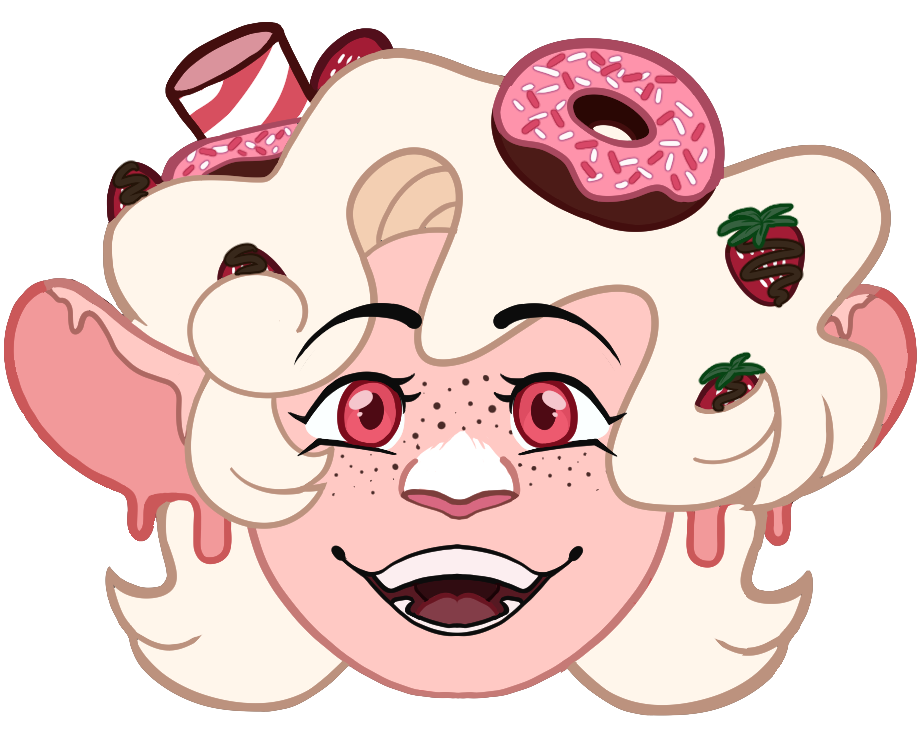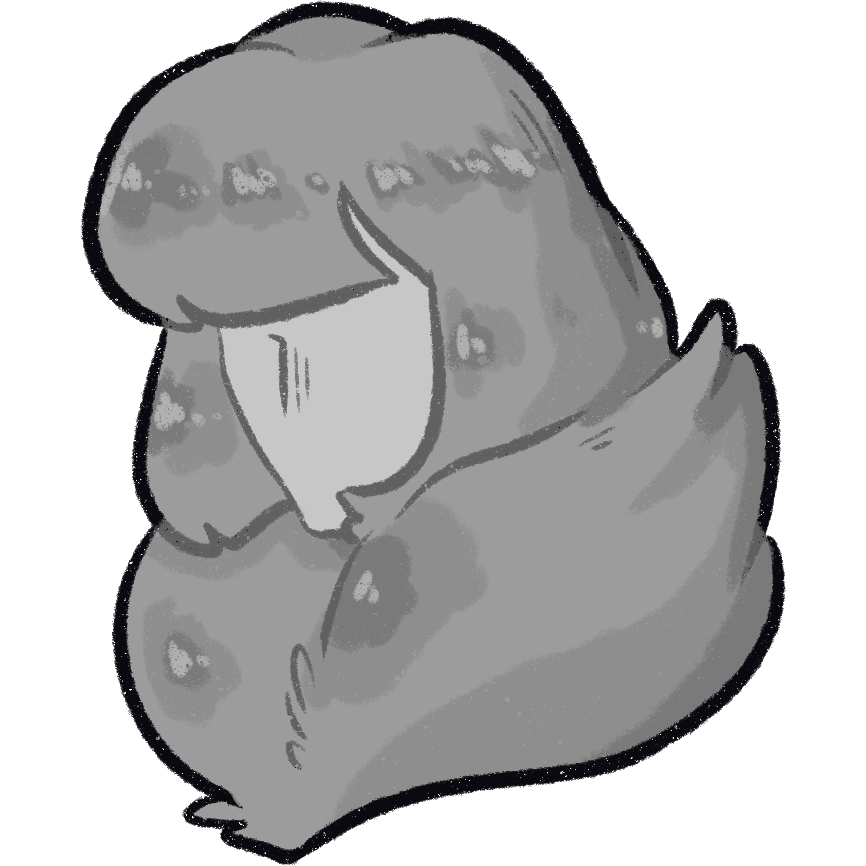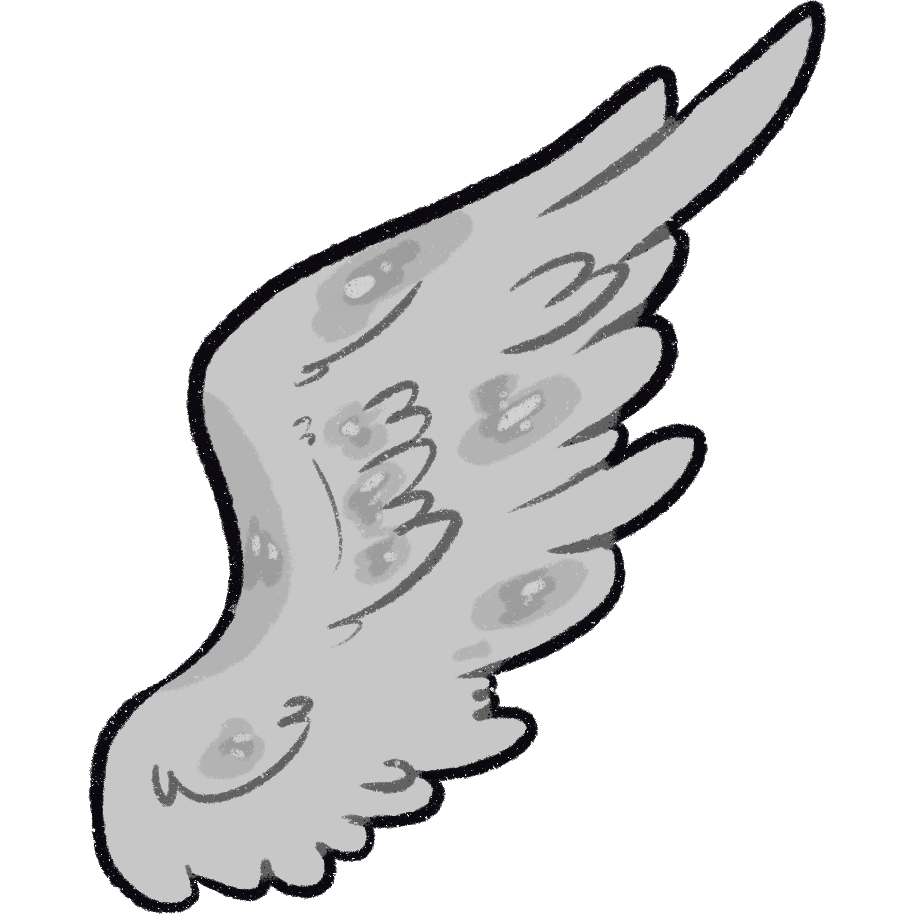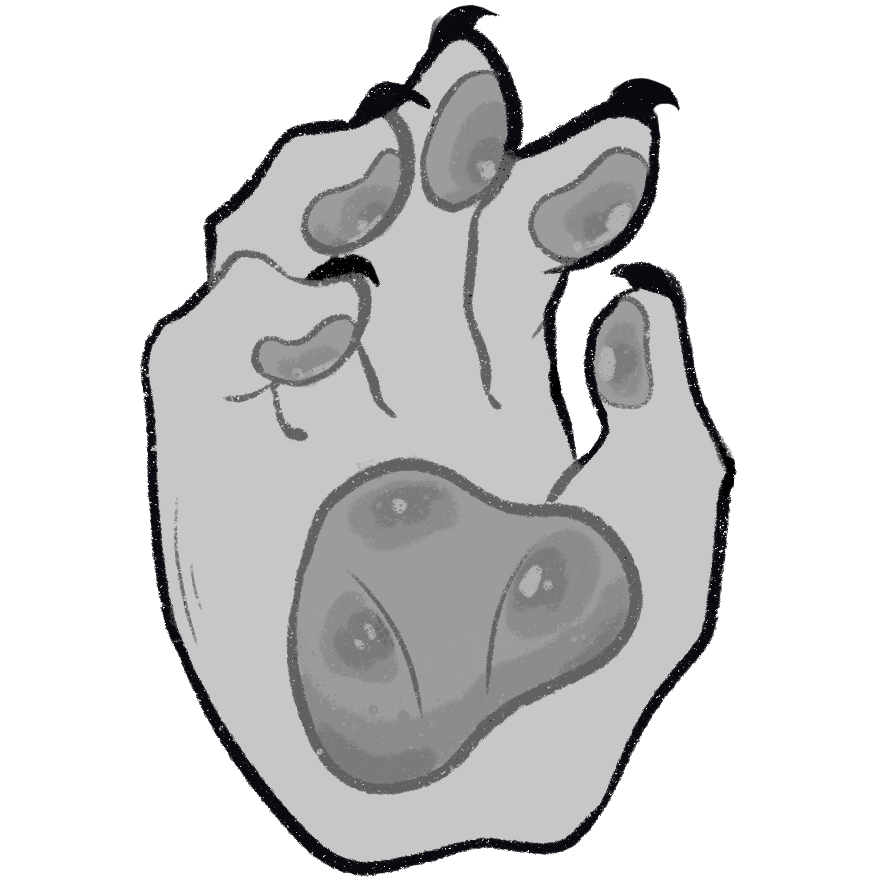 MELTICORES
MELTICORES

A big, quadruped Milki. These giants are, on average, slightly larger than your regular, run-of-the-mill Milkis. Boasting a glass lion-like quadruped body and a ferocious stinger to match, these Milkis are formidable foes, but true, steadfast friends. Can often be arrogant or prideful, but this is primarily due to the emphasis on having a big... well, everything! Big presence, big manes, big wings— These creatures pride themselves in being the strongest of the bunch!
Though anatomically quite dissimilar to Milkis, they have the same traits; the same ears, the same hair, but they do have some additional traits! Melticores are able to, along with the normal ear traits, have big cat or bat ears. In addition to this, they can also have wings. Wings are always made out of whipped cream or glass.
They also have manes which connect to their hair, which is a non-negotiable trait.Recap:
- Ears: Regular Milki ears, +Big cat ears, +Bat ears
- Mane: Mandatory
- Wings: Whipped cream or glass
- Tail: Any material, but must end with a stinger.
TRAITS

Mane
Melticores always have manes. These can vary in size, but are usually large and prominent. These serve both a social and a practical purpose; vibrant and large manes are a symbol of health, and can keep both themselves, and loved ones warm.
Furthermore, the practical aspect of the mane extends beyond warmth. Melticores, with their large manes, and their social tendencies to stay in packs, are able to generate more food, which serves as a communal food source during times of scarcity. Vibrant colors, traditionally, are indicative of its delicious, energy-packed toppings.
Melticores will also groom each other; sharing their toppings fosters unity, and ensures the well-being of the entire community. This unique adaptation has become an integral part of their cooperative survival strategy, reinforcing the significance of their magnificent manes in both social bonding and practical sustenance.

Wings
Melticores sometimes have wings. These are typically small— Usually no bigger than shoulder-to-elbow size, but some Melticores display vibrant, fluffy plumage. Similarly to their manes, Melticores have evolved their wings for both practical and social purposes. The small wings, while not the best at sustained flight, aid in balance and agility, allowing Melticores to navigate their environments with ease. They use these wings for short bursts of gliding, making them adept at traversing the diverse landscapes they inhabit.
Furthermore, the fluffy plumage on the wings serves a practical purpose by providing additional insulation in colder climates. Melticores with thicker and more vibrant wing plumage are often admired for their resilience and adaptability.

Paws
Melticores possess hands that are notably larger than the average. In fact, their hands are more paw-like than hand-like! Melticores have large digits, optionally ending in a claw-like nail. These can be sharp, so do tread carefully!
Melticores primarily use their paws for hunting and gathering, showcasing an exceptional adaptation tailored to their natural environment. These large, paw-like hands are well-suited for gripping and moving objects, making them formidable hunters in the wild. With their robust digits and, in some cases, claw-like nails, Melticores adeptly navigate through various terrains, whether it be digging for licorice roots, capturing prey, or foraging for other food.
While their proficiency in activities like hunting is remarkable, Melticores can be a bit clumsy when it comes to more delicate tasks requiring precision. Fine motor skills, such as intricate tool-making or crafting detailed objects, may not be their forte. However, their inherent strength usually compensates for any lack of finesse, allowing them to excel in tasks that demand power and endurance.

Stinger Tails
Melticores all have long, sweeping tails that end in a stinger. The sharp tips of their tails not only pack a powerful punch but, historically, were also a conduit for delivering potent venom. However, the landscape of Melticore physiology has undergone a significant shift.
Pure-blooded Melticores are exceedingly rare; a proverbial needle in a haystack. The passage of decades marked by peace and harmony among various species has witnessed a unique transformation in Melticore characteristics. Many Melticores, drawn by the tranquility and lack of unrest, have chosen life partners from non-Melticore species. This cross-species integration has had an unexpected consequence – a diminishing ability to produce venom.
Surprisingly, the loss of venom production has proven to be a minor inconvenience for Melticores. Despite this change, their imposing size and robust bodies remain formidable assets in both defense and offense. The Melticores, with or without their once-venomous tails, have adapted to maintain their prowess in combat.